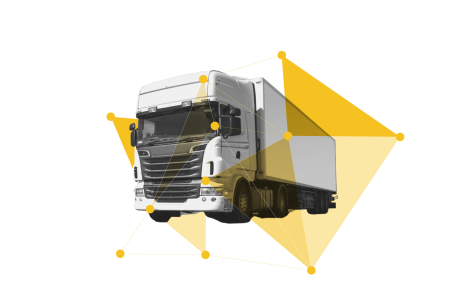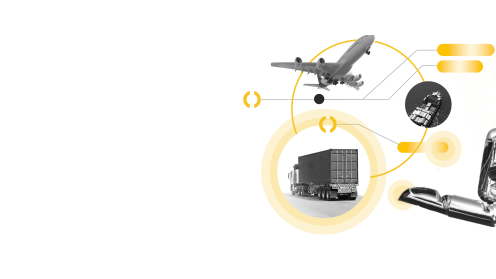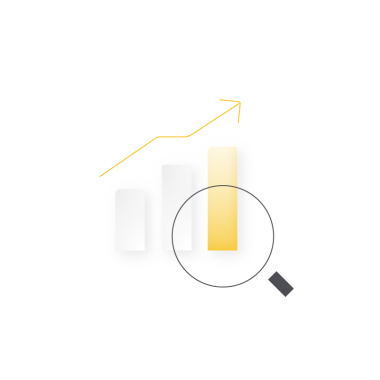My thoughts on Autonomous Quotation, a trailblazing milestone in the digitization of Europe’s road transport industry
The benefits of market rates transparency and procurement automation for the capacity buy-side (shippers) are already becoming clear. The opportunity to transform and digitize the sell-side (carriers and brokers) is equally big – but nobody is talking about it. Until now – indeed, McKinsey has just released a White Paper which should help kick-start a long overdue conversation.
As recently as 15 months ago, information about market rates in the truckload market was simply unavailable – you could find the stock price of any listed company with just a few clicks, but not ‘today’s spot price’ for a truckload between Frankfurt and Paris. It baffled me that, in 2021, there could be such a lack of transparency in an industry so crucial to society’s wellbeing.
The good news is that the industry has now moved on, and that gap has now been closed, with the birth of Transporeon’s Market Insights. With the imminent launch of an Autonomous Quotation module for spot truckload in Europe, it feels like a good time to reflect on what these technology advances might mean for asset owners and brokers.
Looking back, it is fair to say that spot procurement was often seen as a ‘bad thing’ by procurement professionals working for shippers; it was as if they saw it as a tacit admission that their procurement and execution strategy had failed. It has often been used by shippers as an exception management tool, such as when they are looking for extra capacity, or when their contracted carrier didn’t stick to a commitment, for whatever reason.
Spot procurement ought to be an integral part of the tactical and strategic procurement toolbox for shippers. Our acquisition of TNX Logistics allowed us to offer shippers a way to automate their spot procurement as much or as little as they wish, up to and including a fully autonomous process.
So, with similar opportunities now available to the other side of the marketplace, what might the future look like?








